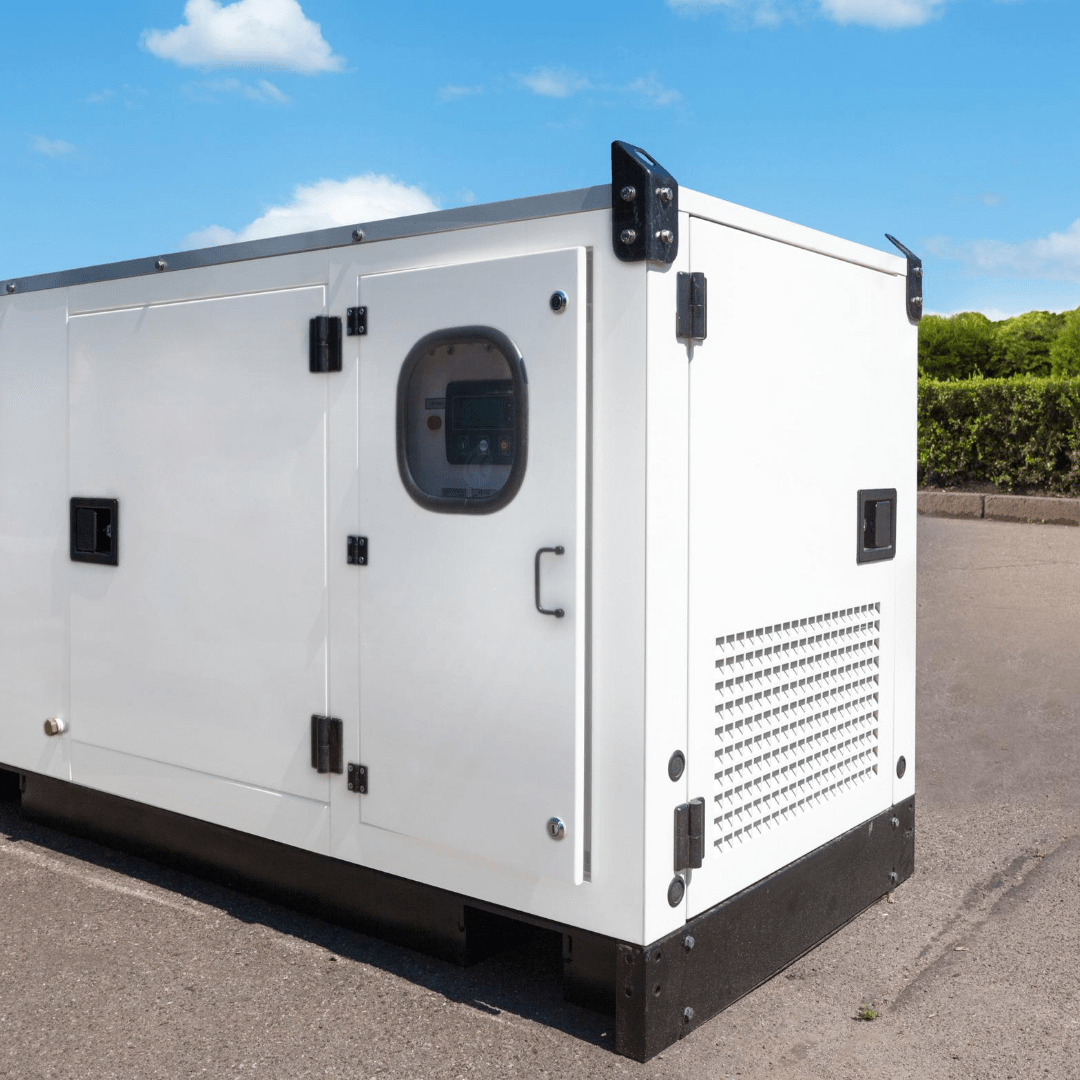What Is Generator Load Bank Testing and How Is It Done?

If your primary source of power goes down, make sure you can depend on your backup with regular load bank testing. Load bank testing is the safe, fast and simple way to make sure your generators work so your business never skips a beat.
What Is a Load Bank Test?
A load bank test is a preventive maintenance procedure used to gain an accurate reading of generator performance under simulated conditions. These tests place an artificial load on the generator that creates the same engine temperature and pressure conditions as typical operation — but without the wear. This helps technicians gauge function and verify the generator components are all in optimal working condition.
Why Is Generator Load Bank Testing Done?
Backup generators are essential equipment for businesses that want to keep data, services and production intact in case of an emergency — but only if they work. Like any electrical system, a generator can suffer destructive effects from extended periods of non-use, meaning they grow a little less reliable each month they sit untouched.
Backup generators and other gensets exposed to under 30% of their rated kW (kilowatt) load per year can lose their capabilities. Without load bank testing, you wouldn’t know if this had happened until you tried to power them on. A professional load bank test performed by a trained technician helps you avoid that outcome by ensuring your generator will deliver what you expect when your business needs it the most.
How Do You Do a Load Test on a Generator?
A proper load test requires training and the right equipment. These tests are timed and involve placing increasing loads on the generator in specific kW load increments. After placing each load, results like generator function, capability and critical engine parameters are recorded. In most cases, the load bank testing procedure follows the same similar steps:
- Inspect: Perform a visual inspection and check to ensure correct fluid levels.
- Start: Start the generator. Watch and listen for anything out of the ordinary.
- Load: Begin adding loads, without exceeding 50% of the maximum at once.
- Measure: Using a voltmeter and ammeter, take and record measurements.
- Run: Upon reaching the max, keep the generator running until testing completes.
- Remove: Gradually remove loads and let the genset run afterward to cool down.
How Often Should You Load Bank Test a Generator?
It’s best to have a load bank test performed as part of your annual maintenance program. For businesses and entities in specific industries, load bank testing is mandatory. The NEC (National Electric Code) and NFPA (National Fire Protection Agency) both have provisions requiring certain entities to perform regular load bank tests and generator maintenance.
Schedule a Load Bank Test
Find out how well you can depend on your company’s backup generator with a load bank test from Global Electronic Services. We have the experience and resources to perform fast tests and make any adjustments, repairs and corrections necessary to have your genset in perfect working condition. Contact us today to request load bank testing or more information about our other electrical repair and maintenance services.